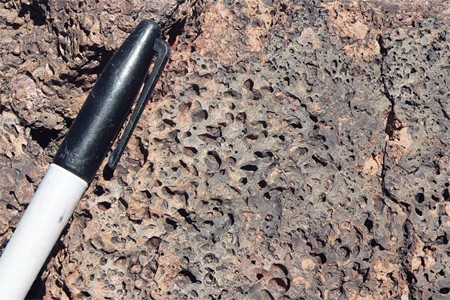Secondary pollutants
A. Become dangerous after reacting in the atmosphere
B. Harm only vulnerable members of a population
C. Are classified by the EPA as the second-most dangerous and abundant
D. Are produced in lesser quantities than primary pollutants
E. Are less dangerous than other pollutants
Answer: A
You might also like to view...
Using a physical geography text, such as Geosystems, add appropriate labels to Figure 29.2 in the spaces provided at the bottom of Figure 29.2: tropical rain forest, temperate deciduous forest, needleleaf forest, tundra, and ice and snow. Next, assuming the normal lapse rate is in effect, beginning at sea level and the rain forest label, assume the temperature to be at 27°C (80°F). Assume the labels are spaced at 600m (2000 ft) intervals and calculate the temperature on this particular day at each label elevation. Calculate five temperatures decreasing with altitude (600, 1200, 1800, 2400, and 3000 m) and record your answers on the lines along the right side of the mountain in Figure 29.2.
What will be an ideal response?
True or False: Intensity measures the violence of ground shaking during an earthquake in terms of the extent to which people felt the earthquake
Indicate whether this statement is true or false.
Write an essay discussing tropical deforestation in Sub-Saharan Africa
Which countries in this region is deforestation especially problematic, and in which countries is it not so? What are the reasons for the differing rates of deforestation in these locations?
What does this welded texture indicate about the formation of this rock?
A. It formed from an explosive pyroclastic eruption. B. The magma formed some crystals before rising closer to the surface and solidifying. C. The rock solidified at great depth. D. The magma had abundant dissolved gas.